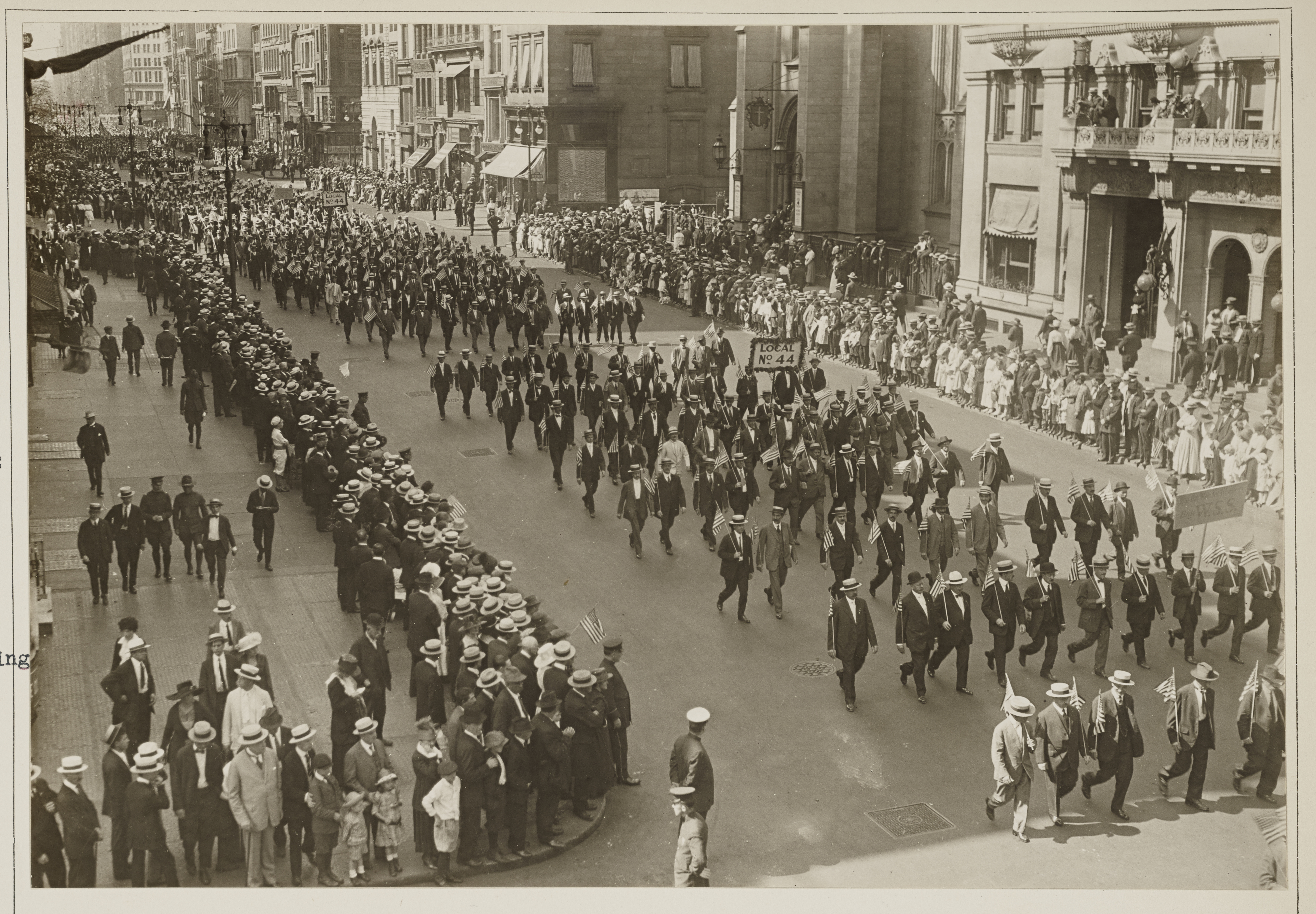There are plenty of reasons to hire ex-felons, struggling veterans, the elderly, and the disabled. Here’s one that is often overlooked: The federal government is willing to pay companies for doing just that. Generously, too. Under the provisions of the Work Opportunity Tax Credit (WOTC), a company that hires a qualifying veteran for at least 400 hours can receive a federal tax credit of up to $9,600. (Other categories of employees have other maximum benefits. More on that in a moment.)
WOTC is a significant program, providing roughly a billion dollars a year in tax credits. But in practice, most of the benefit is going to large companies. In 2001, the U.S. Government Accountability Office found that 66.3 percent of the benefits awarded went to companies with more than $1 billion in annual revenue, while only 5 percent of credits went to companies bringing in less than $1 million. Those numbers are pretty old, but people who follow the program largely agree that the WOTC is still not much used by smaller companies.
“It is definitely an underused program,” says Genevieve Martin, executive director of Portland, Oregon-based Dave’s Killer Bread Foundation—a charity founded by an organic bakery that takes pride in the fact that roughly one-third of its employees have criminal records. “The funds are just sitting there waiting for people to take advantage of.”
The program is straightforward in operation. There are multiple categories of eligible employees, including unemployed veterans, SNAP recipients, ex-felons, and recipients of Temporary Assistance for Needy Families (TANF). The categories have specific qualifications and subcategories that go into great detail. For example, a veteran qualifies if he or she is
- a member of a family that received SNAP benefits for at least a 3-month period during the 15-month period ending on the hiring date; or
- a disabled veteran entitled to compensation for a service-connected disability, who has been hired within one year of release from active duty, unemployed for at least 6 months in the year ending on the hiring date; or
- a veteran who has been unemployed for: at least 4 weeks in the year ending on the hiring date (for a credit capped at $2,400); or at least 6 months in the year ending on the hiring date (capped at $5,600)
Once the employer has identified the group the employee belongs to, the company files an application with the local state workforce agency. The SWA vets the application and approves or denies it. The employer then files with the Internal Revenue Service.
Employees have to work for at least 120 hours. For employees working between 120 and 400 hours, the tax benefit is generally 25 percent of first-year wages paid, up to a cap that varies by category. For employees working 400 hours or more, the benefit is 40 percent of first-year wages paid up to the cap.
This chart lays out the caps for the various categories, and the rules for employees on TANF, which allows the employer to claim a tax benefit on second-year wages.
 Department of Labor
Department of Labor The administrative burden is modest, and the rewards are substantial. So why haven’t smaller companies jumped on WOTC?
Part of it may come down to a simple awareness gap, says Paul Suplizio of the WOTC Coalition, a lobbying group that works to expand the program. The corporate world got on the WOTC bandwagon early, and continues to enjoy the benefits–large payroll companies like ADP know to fold the program into their client’s processes. But the smaller players simply haven’t heard about it.
“The amount of money we get to administer the program is incredibly tiny,” says Jim Booker, federal programs manager at the Oregon Employment Department, who advised Dave’s Killer Bread on using the incentive. “We do the best with what we’ve got, but we don’t have money for advertising. It’s word of mouth, mostly.”
The scarcity of funds has also contributed to processing bottlenecks, though modernized technology is starting to have a positive impact.
“In the past, back before there was an automated system here in Oregon, we had to do them by hand,” Booker says. “I had two people for the whole state. We were normally backlogged at least a year, and sometimes as much as three—and it’s hard for us to run out and trumpet the program when it took us so long. But now that we’re automated things are going much faster.”
Suplizio says the problem also stems from the fact that the long-term fate of the WOTC program has always been in doubt: Congress has mostly renewed it on a short-term basis, meaning the program is voted on almost every year.
“Congress has allowed the program to expire three or four times now, renewing it retroactively,” he says. “Well that’s hardly a program that’s very attractive to business—just to say, go ahead and make this hire and incur the expense without a guarantee you’ll get the credit.”
Last year, though, Congress took the unprecedented step of extending WOTC until the end of 2019; giving potential employers some assurance they should take the chance.
WOTC could certainly be better publicized among smaller businesses. But in truth, the reason it’s used mostly by larger ones might be in part because it serves so precisely their interests—while doing not quite enough to advance the interests of the people it intends to help.
If you look at the numbers, you’ll find they aren’t dispersed evenly throughout the eight target groups identified by the DOL. Most of the benefits aren’t going to employers hiring ex-felons (who accounted for only 2.3 percent of credits in 2014)—or veterans (6.2 percent), or the disabled (1.4 percent), or the elderly (1.1 percent). They’re awarded for people on SNAP—who in 2014 accounted for more than 70 percent of the credits awarded.

Ronnie Elrod served 15 years in prison. Six years after his release, he’s overseeing more than 160 partners and bakery operators at Dave’s Killer Bread
That may be because almost half of credits go to retail and food service companies that offer low-wage jobs. These companies tend to have no known official alternative hiring strategy, but they do pay their employees poorly. In recent years, according to DOL, 67 percent of WOTC credits have been claimed for employees being paid $9 or less; 8 percent were being paid below minimum wage. The WOTC Coalition says that though these workers earn poverty and near-poverty wages, their earned income, combined with the Earned Income and Child tax credits, can raise incomes of all but the largest families above the official poverty line.
But consider: You’re working in New York City at an hourly wage of $9 an hour (the minimum wage). You’re single with no dependents. If you work less than 36 hours a week (35.4, to be exact), you’re still eligible for SNAP. WOTC is supposed give you access to better paying jobs, not just subsidize your existing employer for keeping you on the program. But it’s hard to see how the incentives directly correlate.
WOTC doesn’t encourage long-term employment either. Most categories cover the first year of employment only. And if you factor in the caps, the incentives really cover only a few months. For example, think of an employee who is eligible for WOTC because she’s on SNAP. She’s hired at $9 an hour, working 35 hours a week. At that pace, she will earn the maximum tax benefit for her employer in just 19 weeks. After that, the employer might be better off replacing her.
This isn’t to say that WOTC doesn’t work.
Take the case of Ronnie Elrod, who was in prison on possession, drug dealing, and weapons charges when he found a copy of Entrepreneur and read an article about Dave’s Killer Bread. The bakery, he learned, actively recruits the formerly incarcerated; one in three of their employees, including founder Dave Dahl, has a history with the criminal justice system. “Here’s a company that hires ex-felons,” Elrod recalls saying, half-jokingly, to his cellmates. “Maybe I’ll go work for them someday.”
By the time he was released to a Portland halfway house almost a year later—after being transferred to a facility in Washington towards the end of his 15-year term—Elrod had forgotten about Dave’s. But it turned out a few of his fellow residents had jobs there, so Elrod applied—and got himself a job in the ovens department, just two weeks out of jail. Fast forward six years: today Elrod’s worked his way up to director of manufacturing, overseeing day-to-day operations and a team of more than 180.
Stories like Elrod’s may become more commonplace as new resources and forms of support continue to be developed. Red F, a California non-profit, has donated millions of dollars to over 60 social enterprise businesses with alternative hiring models. New York-based Greyston Bakery (a pioneer in the alternative hiring movement) CEO Mike Brady is soon to launch The Center for Social Enterprise and Alternative Hiring, a new foundation that will work to build Greyston’s “open hiring” policy into a national model. Meanwhile, the Dave’s Killer Bread Foundation recently released a playbook that breaks down the basics of “second chance hiring.” Though geared toward employees with a prison background, many of the lessons there—including one on the WOTC—are more broadly applicable.
Later this month, entrepreneurs, activists, and policymakers will gather in New York City for the Second Chance Summit, a conference led by the Dave’s Killer Bread Foundation. They’ll make the case that alternative hiring is not only good for society and the right thing to do—it’s good business, too. But more employers will need to be convinced to sign on if WOTC’s going to impact the populations it’s intended to serve.
“We’re just one company,” Elrod says. “We can’t help everybody.”











